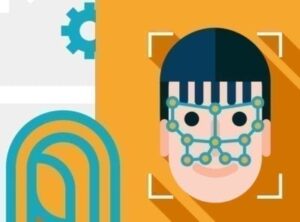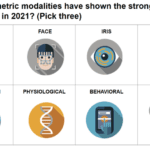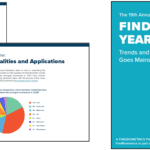A team of researchers from the University of Southern California’s (USC) Information Sciences Institute (ISI) has announced some of the results from its recent study titled ‘Biometric Authentication with Timeless Learner’ (BATL).

As detailed in a post on the USC Viterbi blog, ISI researchers from the Vision, Image, Speech and Text Analysis (VISTA) group worked on the BATL project to try to develop biometric systems and algorithms that are resistant to authentication spoofing.
“Biometric authentication offers major advantages when it comes to securing our personal devices”, said Mohamed Hussein, an ISI computer scientist. “As these advantages make more people and institutions want to adopt the technology, they also allure some people to find holes in the technology, sometimes just for the sake of amusement.”
Researchers started by developing both the hardware and software components of their systems, building two exact copies of each so that one could be used at an offsite testing facility.
“We had to make sure that both systems were as similar as possible to achieve the best performance,” said Leonidas Spinoulas, a computer scientist at ISI. “Since our systems are experimental prototypes and built in the lab, this involved a lot of trials where data would be collected from all cameras and [we’d] try to ensure consistency between the two systems.”
To try and fool the systems, the team developed real live Presentation Attacks (PAs) of people wearing masks or fake fingerprints, contact lenses and other fake samples to try and break into the biometric systems by faking authentication. In the end they were able to collect data from 700 participants.
The tests took place over a three week period at the John Hopkins Applied Physics Laboratory (JHU APL), with the results showing a 100% accuracy rate for their facial recognition system, while the iris and fingerprint recognition systems measured in at 99.36% and 99.08% accuracy, respectively.
“The BATL project’s goal is to create novel sensing hardware for face, fingerprint and iris biometrics that provide unconventional data sources,” explained Wael AbdAlmageed, PI of the project and research associate professor at USC Viterbi’s Department of Electrical and Computer Engineering. “Our aim is to develop state-of-the-art machine learning and artificial intelligence algorithms that can quickly and accurately detect biometric attacks on iris, facial, and fingerprint recognition systems.”
This study comes at a time when biometric authentication is growing rapidly in popularity as more and more smartphones and laptop makers turn to it for security over traditional PIN or password setups. The recent COVID-19 outbreak has placed a particularly sharp focus on contactless biometrics — like face, palm vein, or iris recognition — in light of the fact that shared common surfaces like a fingerprint scanner can potentially spread the virus.
For the BATL study, the fingerprint authentication system developed was in fact contactless, perhaps adding more relevance to the accuracy of the study’s results.
Source: USC Viterbi
–
June 16, 2020 – by Tony Bitzionis



![[Sessions Added] REPLAY: Travel & Hospitality Virtual Identity Summit](https://idtechwire.com/wp-content/uploads/maeva-vigier-airport-unsplash-150x150.jpg)




Follow Us